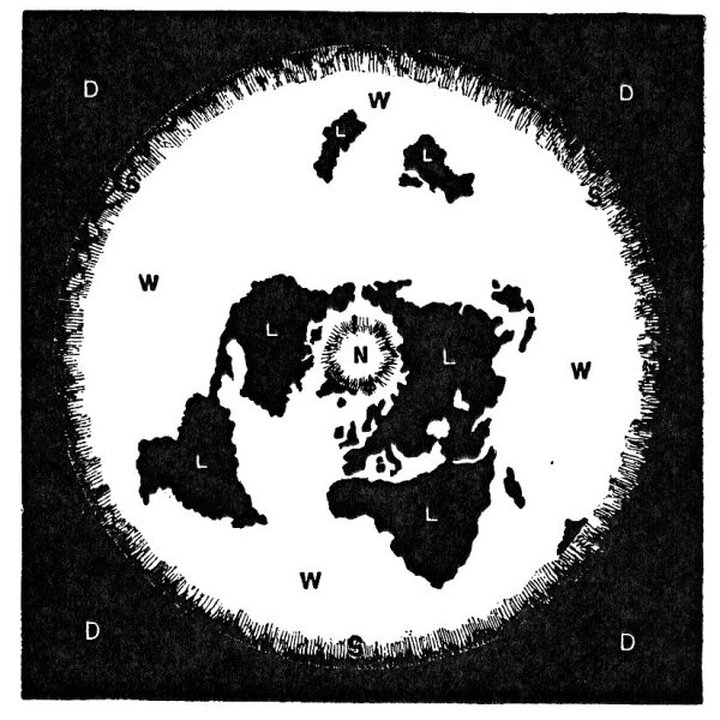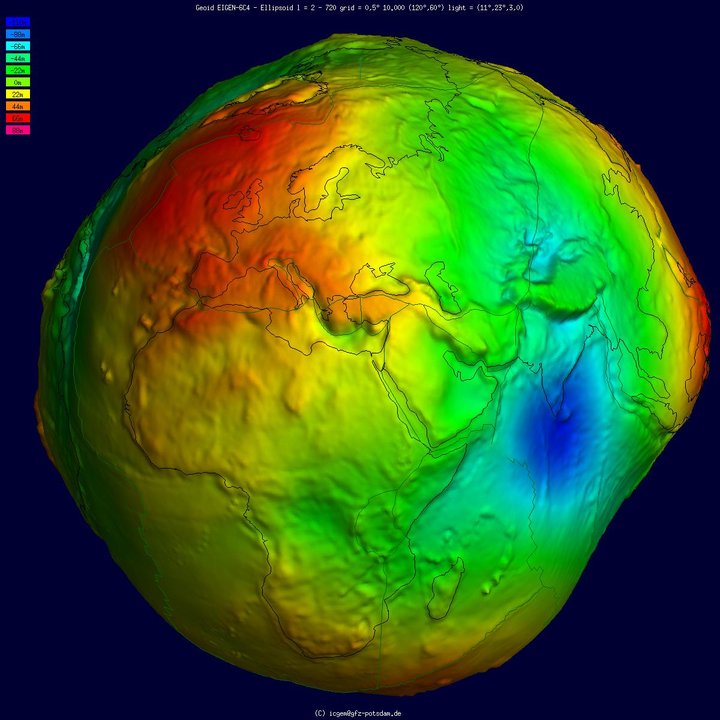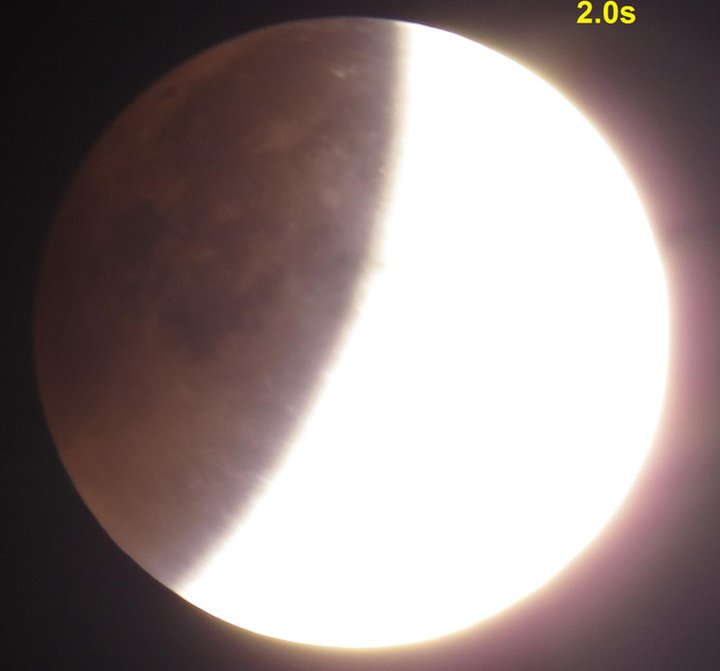My stock response to people who say that they haven’t been vaccinated against Covid (“It’s still experimental,” “It’s a government plot,” “I don’t believe in vaccines,” “microchips — Bill Gates — tracking…”) has been, “Then I guess you believe the Earth is flat?” Such is the current level of my frustration at those — currently about 40% of Americans — who, under the guise of “freedom” or “rights,” endanger the lives of the rest of us. Especially immuno-compromised folks. Plus no vaccine is 100% effective and I’m old = vulnerable.
But in hindsight, I wonder if I’m doing flat-Earthers a disservice by conflating them with anti-vaxxers? Because believing that the Earth is flat is, comparatively, far more rational than believing, for instance, that a vaccination against Covid is more dangerous than the disease itself. Or that wearing a mask somehow impinges on one’s civil rights. (Does driving on the right also restrict their freedom?) After all, flat-Earthers have empirical evidence on their side. They look around and see a flat world, ergo…Whereas anti-vaxxers watch Fox (or follow one of the dozen FaceBook individuals who post 90% of anti-vax propaganda) and buy into crazy conspiracy stories without an ounce of evidence, just their trust of right-wingnuts.
OK, rant over. Let’s give flat-Earthers their due and ask, “What’s going on?” First, the numbers. In February 2018, on-line pollers for YouGov asked 8,215 Americans their thoughts: round Earth, flat Earth or not sure? I thought this was a joke until I saw the results. A full 2% of us “have always believed the Earth is flat” while 16% of us aren’t sure. And — here’s the particularly worrying number — just 66% of 18-24 year-olds are sure the world is round. No joke. A third of our future leaders are scientifically illiterate.

The modern flat Earth movement was started by Samuel Rowbotham (1816–1884). This is a drawing from his 1881 book “Earth Not a Globe,” where the edge of a disc-world is a wall of ice, i.e. Antarctica. (Public domain)
What would it take to convince the other 34%?
- The obvious answer, one that occurred to the ancient Greeks over 2000 years ago, is to watch a ship heading out to sea. The farther out it goes, the less we can see of it as it slips below the horizon, until finally only the tip of a mast or sail is visible. When that’s gone, it’s worth asking, “Where did it go?” (Maybe it sank!)
- Or how about gravity? Flat-Earthers, as I understand it, believe that, what most of us take to be gravity pulling us down to the center of the Earth, actually results from a flat Earth accelerating upwards, pushing us down as it does so. (This is Einstein’s “equivalence principle,” by which it’s impossible to distinguish between gravity and inertia.) Which would result in gravity/inertia being uniform the world over. So why does gravity vary?

Gravity map, showing deviations from average gravity: green = average, blue = low, red = high. Detailed gravity maps tell oil prospectors where to drill. (International Centre for Global Earth Models, Wikimedia.)
- Lunar eclipses pose a particularly tricky problem for flat-Earthers, since the shadow of the Earth on the moon is always round.

Earth’s round shadow on moon during lunar eclipse. (Tomruen, via Wikimedia. Creative Commons license.)
Finally, I can offer my own (anecdotal) evidence, having traveled east — the direction the sun rises — around the world some years ago, coming back to where I started. Try that on a disc world!
CLICK TO MANAGE